In our digital age, Google search trends often reflect our collective curiosity and current events. When it comes to animals, search spikes can indicate everything from viral moments to conservation concerns or newly discovered species. The year 2024 has seen some remarkable surges in animal-related searches, giving us insight into which creatures have captured the world’s attention. This article explores the 13 animals that experienced the most significant Google search spikes in 2024, examining the reasons behind their sudden popularity and what these trends tell us about our relationship with the animal kingdom. From unexpected viral sensations to endangered species gaining newfound attention, these search trends reveal fascinating patterns in global interest.
13. Antarctic Colossal Squid

The Antarctic Colossal Squid (Mesonychoteuthis hamiltoni) topped the charts for animal searches in 2024 following the unprecedented live footage captured by a deep-sea research expedition in February. This elusive creature, which can grow up to 46 feet in length and weigh nearly a ton, had previously only been documented through deceased specimens or fleeting encounters. The high-definition video of the squid in its natural habitat, displaying its hunting behavior and bioluminescent patterns, captivated viewers worldwide when it was released across social media platforms.
The spike in searches was further amplified when marine biologists announced the discovery of new physiological features not previously documented, including specialized light-emitting organs that appear to serve as complex communication tools. Conservation organizations leveraged this sudden interest to highlight the threats facing deep-sea ecosystems from climate change and industrial fishing practices, turning a viral moment into an educational opportunity about one of Earth’s most mysterious inhabitants.
12. Axolotl

The axolotl, a salamander native to Mexico with extraordinary regenerative abilities, saw a massive search spike in March 2024 following two major developments. First, the successful breeding program at Mexico City’s Chapultepec Zoo announced the birth of over 300 healthy axolotls, a significant achievement for a species classified as critically endangered in the wild. Second, breakthrough research published in Nature revealed that scientists had successfully identified and isolated the genetic mechanisms behind the axolotl’s ability to regenerate entire limbs, organs, and portions of its brain and heart, with promising implications for human medicine.
Adding to the search frenzy was the axolotl’s newfound popularity in gaming and social media. After being featured prominently in a major video game update and becoming the subject of a viral TikTok trend showcasing their perpetually smiling faces and distinctive external gills, these aquatic salamanders captivated a younger demographic. Conservation groups reported a 200% increase in donations toward axolotl protection efforts in the wake of this attention, demonstrating how digital trends can translate into tangible conservation outcomes.
11. Numbat
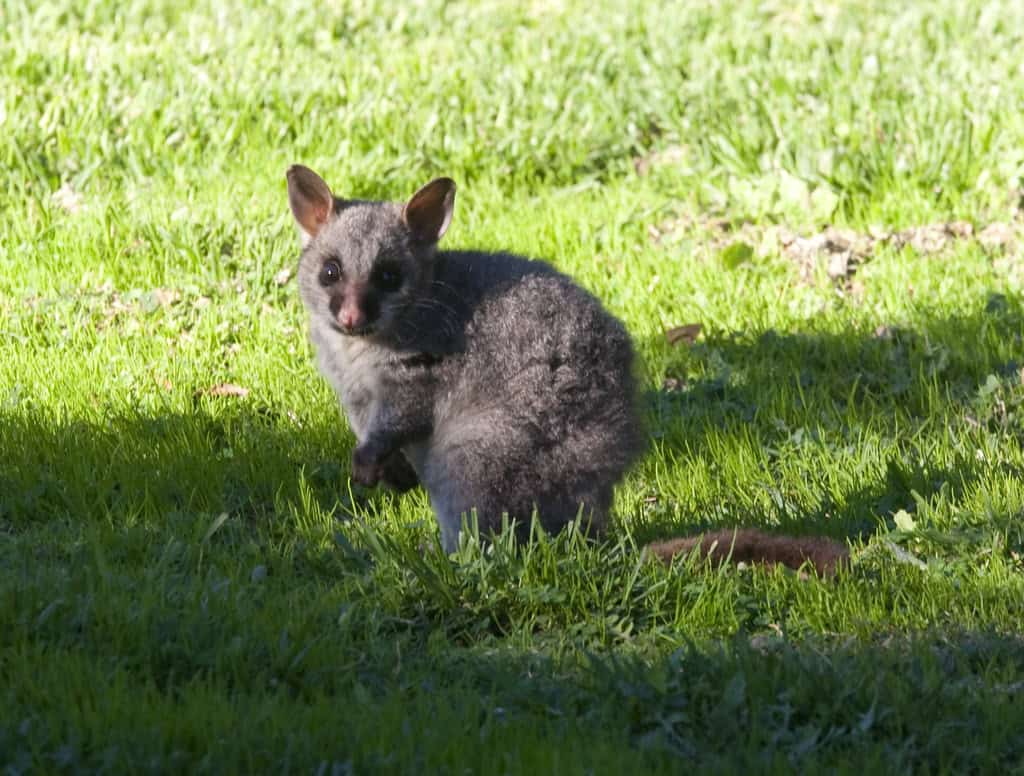
The numbat, Australia’s endangered marsupial anteater, experienced an unexpected search surge in April 2024 following a nationally televised conservation campaign featuring popular Australian celebrities. The “Numbats Need You” initiative highlighted how fewer than 1,000 of these distinctive striped creatures remain in the wild, primarily due to habitat loss and predation by introduced species like foxes and cats. The campaign coincided with the opening of specialized breeding facilities in Western Australia dedicated to increasing numbat populations.
Search interest peaked further when wildlife photographers captured rare footage of a mother numbat with four young riding on her back, which quickly went viral. The images showcased the numbat’s unique appearance—with its reddish-brown fur adorned with white stripes, pointed snout, and long sticky tongue specialized for termite consumption. Educational content about their distinctive biology also drew attention, particularly the fact that numbats are one of the few strictly diurnal marsupials, consuming up to 20,000 termites daily. This surge in interest has translated into increased funding for conservation efforts and greater public awareness about Australia’s endangered native species.
10. Glass Octopus
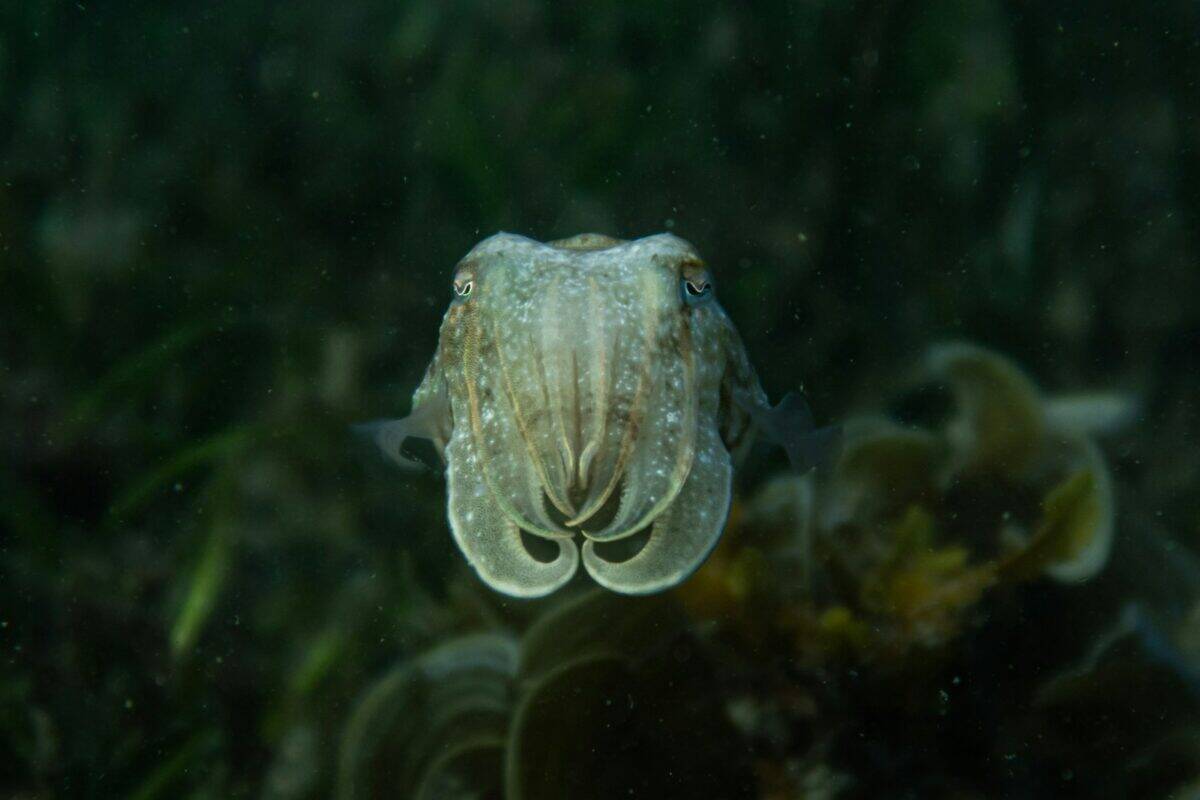
The glass octopus (Vitreledonella richardi) triggered a search frenzy in May 2024 when marine biologists from the Schmidt Ocean Institute captured the most comprehensive footage to date of this transparent deep-sea marvel. Living at depths between 300 and 1,000 meters, these cephalopods had rarely been documented alive until a research expedition employed advanced low-light cameras that could record without disturbing the creatures with artificial illumination. The resulting footage, showing the octopus’s internal organs and nervous system clearly visible through its transparent tissues, became an instant sensation when released.
What particularly drove searches was the discovery that glass octopuses possess previously unknown bioluminescent capabilities, using patterns of light to communicate and possibly attract prey in the ocean’s twilight zone. Scientists observed complex light displays that appeared to serve as sophisticated signaling mechanisms between individuals. Additionally, researchers identified unique adaptations in the octopus’s eyes that allow it to detect the faintest light in its deep-sea environment. The combination of ethereal beauty and scientific significance made the glass octopus one of the most searched animals of 2024, inspiring renewed interest in deep-sea conservation efforts.
9. Pangolin

Pangolins, often described as the world’s most trafficked mammals, saw an enormous search spike in June 2024 following major developments in both conservation and enforcement efforts. A coordinated international operation spanning 10 countries resulted in the seizure of over 4 tons of pangolin scales and the arrest of 82 suspected traffickers, marking the largest anti-pangolin trafficking operation in history. Simultaneously, China announced strengthened penalties for pangolin trafficking, including minimum 10-year prison sentences, signaling a significant policy shift in a critical market for illegal wildlife products.
The search interest intensified when wildlife officials in Zimbabwe, working with local communities, established the world’s first pangolin rewilding and monitoring program, successfully releasing 24 rehabilitated pangolins equipped with non-invasive tracking devices. Footage of these scale-covered mammals unfurling from their defensive balls and exploring their new protected habitat resonated with viewers worldwide. Additionally, breakthrough research demonstrating that pangolin scales contain compounds with potential applications in sustainable materials science rather than traditional medicine offered new narratives to counter trafficking. These positive developments for an animal previously unfamiliar to many created a perfect storm of search activity, demonstrating how conservation successes can capture public imagination.
8. Ribbon Eel

The ribbon eel (Rhinomuraena quaesita) became an unexpected search sensation in July 2024 when marine biologists successfully documented its complete life cycle transformation in captivity for the first time. These spectacular marine creatures undergo one of the most dramatic sex and color changes in the animal kingdom, starting life as black males, transitioning to blue males, and finally becoming yellow females. The time-lapse video showing this remarkable transformation over 18 months went viral across social platforms, accumulating over 200 million views in just two weeks.
Search interest further intensified when the ribbon eel became the centerpiece of a major ocean conservation campaign highlighting the fragility of coral reef ecosystems. Their distinctive appearance—with bright colors, flattened body shape, and flared nostrils that resemble ribbon-like appendages—made them ideal ambassadors for marine protection efforts. Scientists also published new findings about the ribbon eel’s complex hormonal systems that govern their sex changes, with potential implications for understanding sex determination across species. The combination of visual appeal, scientific significance, and conservation messaging drove the ribbon eel to become one of the most searched animals of 2024.
7. Saiga Antelope
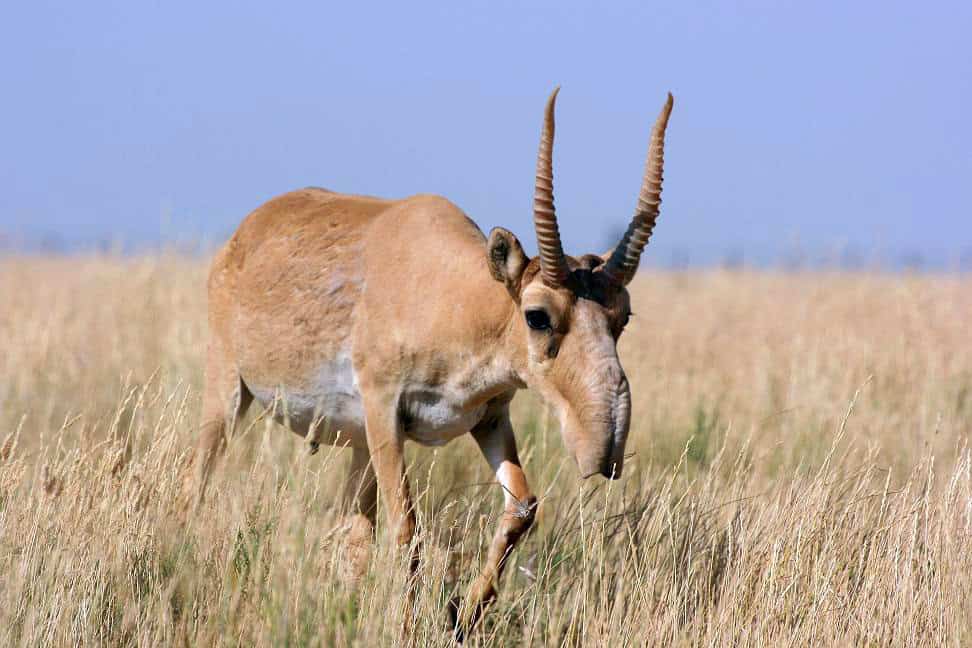
The saiga antelope, with its distinctive trunk-like nose and history of population crashes, experienced a major search spike in August 2024 following remarkable conservation news. After declining by more than 95% in the late 1990s and suffering a catastrophic die-off in 2015 that killed over 200,000 animals, the species showed signs of an extraordinary recovery. Aerial surveys across Kazakhstan’s steppes revealed that saiga populations had increased tenfold in just five years, reaching nearly one million individuals—a conservation success story almost unprecedented in scale and speed.
International media coverage highlighted the unusual appearance of these antelopes, with their bulbous, flexible noses that help filter dust in summer and warm cold air in winter. The search interest was amplified when wildlife photographers captured the massive annual migration of hundreds of thousands of saigas across the Central Asian grasslands, creating spectacular imagery that spread rapidly online. Additionally, a documentary featuring the efforts of local rangers and communities to protect saigas from poaching won several international awards, further raising the profile of these unique ungulates. The saiga’s story resonated as a rare positive development in conservation, showing how a species can recover from the brink of extinction with proper protection and management.
6. Bumblebee Bat
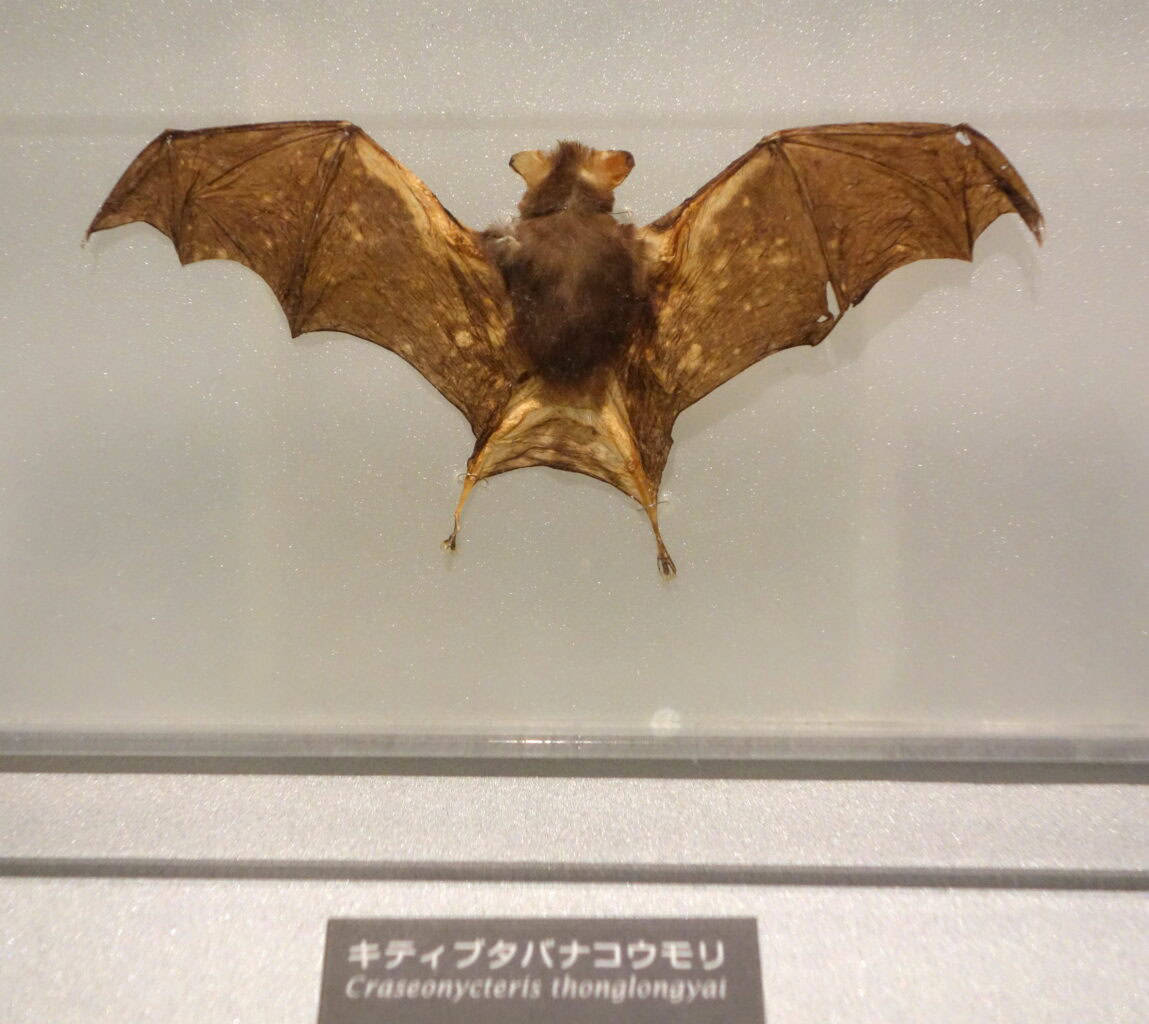
The bumblebee bat (Craseonycteris thonglongyai), also known as Kitti’s hog-nosed bat and recognized as the world’s smallest mammal weighing just 2 grams, triggered an intense search spike in September 2024. The catalyst was the discovery of a previously unknown population in a remote cave system in Myanmar, expanding the known range of this critically endangered species previously thought to exist only in a small region along the Thai-Myanmar border. Researchers using new miniaturized tracking technology were able to document the bats’ complex echolocation patterns and social behaviors for the first time, revealing sophisticated communication systems previously unknown in bats of this size.
The tiny mammals captured public imagination when high-resolution macro photography showcased their endearing pig-like snouts and minute proportions—their bodies are roughly the size of a large bumblebee, hence their common name. Conservation organizations launched a targeted “Small But Mighty” campaign to protect the limestone cave habitats essential for these bats, which are threatened by limestone quarrying and tourism development. The combination of their extreme miniature size, newly discovered populations, and conservation urgency created perfect conditions for the bumblebee bat to become a social media sensation and one of the most searched animals of 2024.
5. Olm
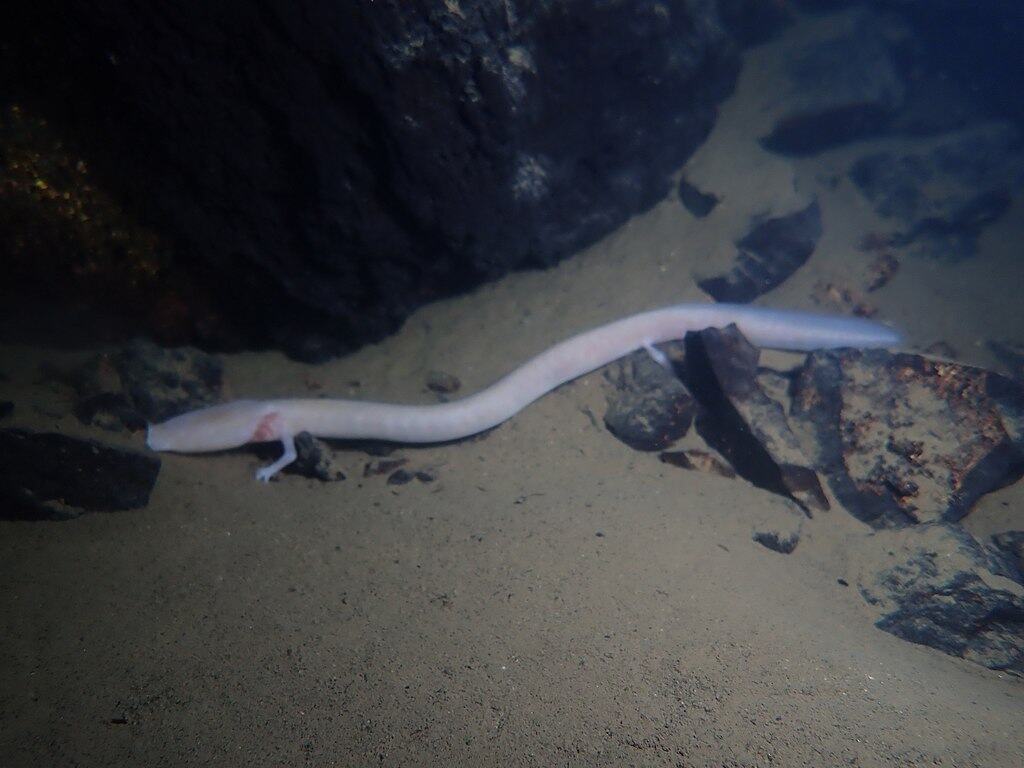
The olm (Proteus anguinus), sometimes called the “human fish” or “dragon of the caves,” experienced a significant search spike in October 2024 following groundbreaking discoveries in Slovenia’s extensive cave systems. Scientists studying these blind, cave-dwelling amphibians announced that olms can detect subtle electric fields generated by other organisms, representing a previously unknown sensory adaptation that compensates for their lack of vision in perpetually dark environments. This revelation came alongside new findings about their extraordinary longevity—with documented individuals estimated to live over 100 years—and their ability to survive without food for up to a decade.
Public interest surged when Slovenian authorities established the world’s first underground amphibian sanctuary specifically designed to protect olm populations threatened by groundwater pollution and climate change. Time-lapse footage of olm embryonic development, showing the progression from transparent eggs to pale, snake-like juveniles with external gills and underdeveloped eyes, captivated viewers worldwide. The olm’s unusual appearance—with its pale, almost translucent skin, elongated body, and tiny legs—combined with its status as a living fossil that has remained virtually unchanged for millions of years, struck a chord with people fascinated by extreme adaptations to specialized environments. These factors together made the olm one of the most searched animals of 2024.
4. Maned Wolf
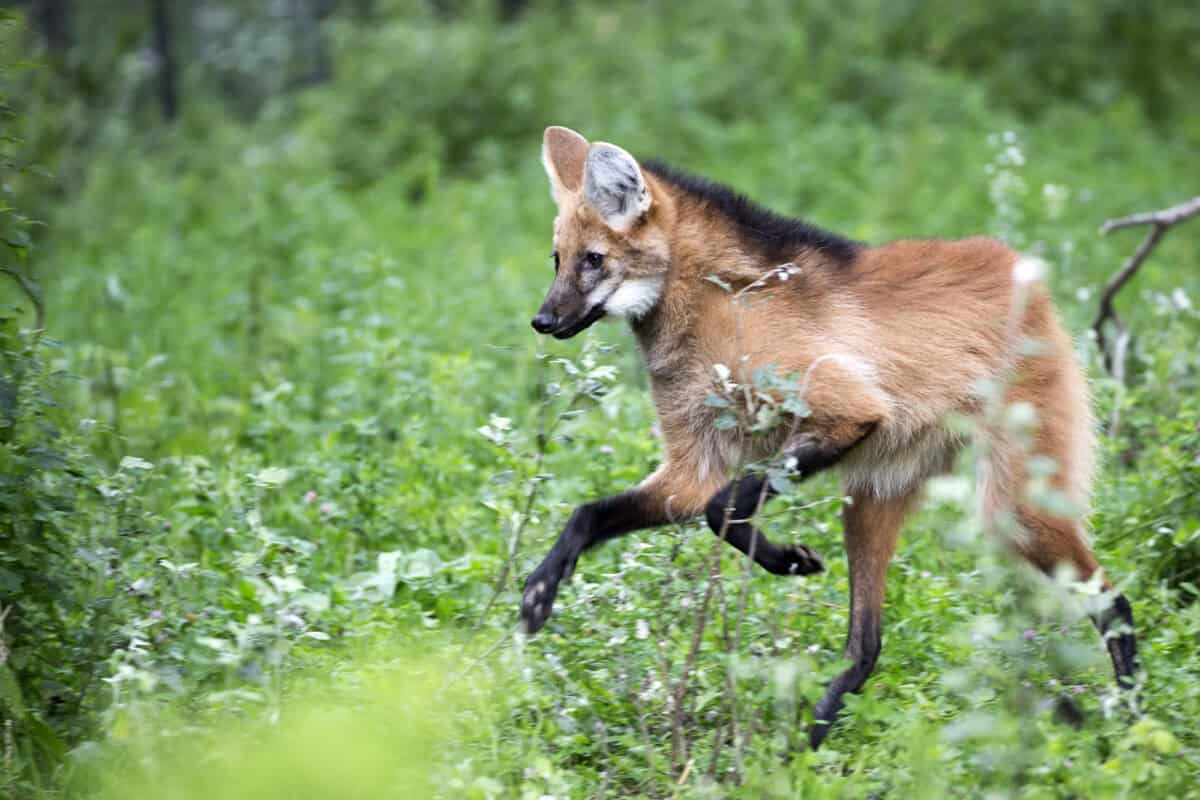
The maned wolf (Chrysocyon brachyurus), often described as a “fox on stilts” due to its red coat and remarkably long legs, saw an unexpected search surge in November 2024. The catalyst was a comprehensive conservation initiative launched across Brazil, Argentina, Bolivia, and Paraguay—the four countries comprising the maned wolf’s native range. This “Guardians of the Cerrado” program combined advanced GPS tracking of wild populations with community-based protection efforts, addressing threats from habitat conversion, road mortality, and human-wildlife conflict. The initiative gained international attention when several celebrities with South American heritage became ambassadors for the project.
Search interest intensified when wildlife photographers captured rare footage of maned wolf families, showcasing behaviors rarely documented before, including complex vocalizations and cooperative hunting techniques. The species’ unique characteristics also drove curiosity—standing nearly 3 feet tall at the shoulder on lanky legs evolved for seeing over tall grasslands, these canids are neither wolves nor foxes but the sole member of their genus. Additionally, their unusual roar-bark vocalizations and distinctive scent marking (often compared to cannabis) became subjects of viral social media content. As conservation success stories emerged from the initiative, with local farmers adopting wolf-friendly practices and protected areas expanding, the maned wolf became a symbol of hope for preserving South America’s threatened grassland ecosystems.
3. Coconut Octopus

The coconut octopus (Amphioctopus marginatus) rocketed to search prominence in December 2024 when marine biologists published extraordinary findings about its tool-using capabilities. Already known for its behavior of carrying coconut shell halves as portable shelters, new research documented these intelligent cephalopods fashioning rudimentary weapons from broken bottles and other marine debris. Videos showing the octopuses collecting, modifying, and wielding these tools against potential predators demonstrated cognitive abilities previously unrecognized in invertebrates and sparked debates about the nature of intelligence across animal taxa.
The search spike intensified when an Indonesian marine sanctuary established the first protected area specifically designed for coconut octopus conservation, addressing threats from habitat degradation and targeted collection for the aquarium trade. Public fascination with these creatures was further fueled by footage of their elaborate mating rituals, where males display complex color patterns and females select partners based on apparent demonstrations of intelligence and resource-gathering abilities. The coconut octopus’s charismatic behaviors—including its distinctive walking motion using two arms while carrying its shell home and its habit of decorating its dwelling—made it an internet sensation and one of the most searched animals of 2024, highlighting growing public interest in cephalopod intelligence and marine conservation.
2. Mole Rat
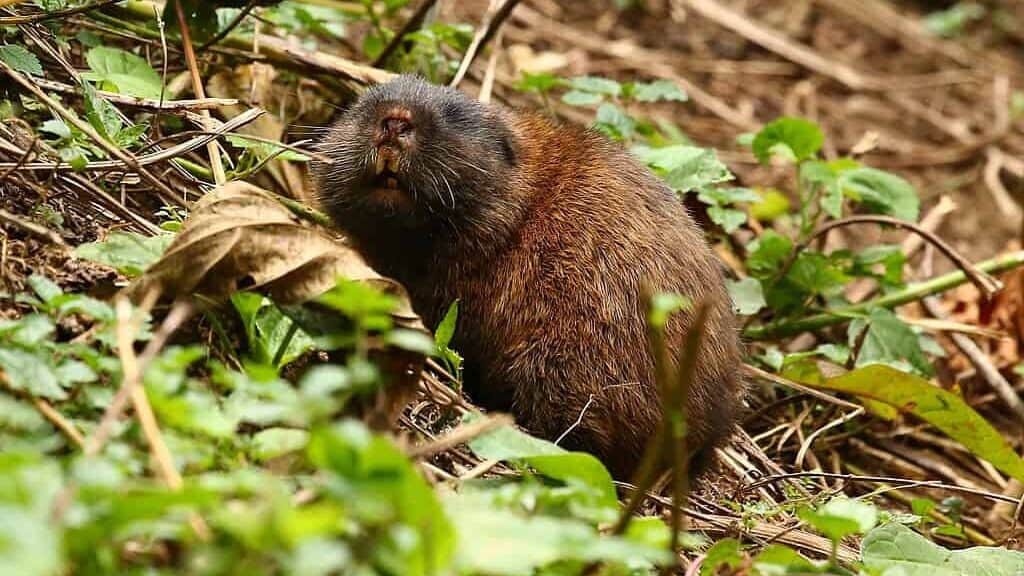
Naked mole rats (Heterocephalus glaber) experienced an enormous search spike in early 2024 following breakthrough medical research published in Science. Scientists identified a unique cellular mechanism that allows these wrinkled, hairless rodents to resist cancer, tolerate pain, and live up to 30 years—approximately 10 times longer than similarly sized rodents. The research suggested potential applications for human medicine, particularly in cancer prevention and treatment of chronic pain conditions. This scientific significance, combined with the mole rats’ bizarre appearance—often described as resembling “wrinkled sausages with teeth”—created perfect conditions for viral content.
Interest further intensified when behavioral ecologists documented previously unknown aspects of naked mole rat social structures. Living in colonies of up to 300 individuals with a single breeding queen, these mammals have one of the most complex social systems outside of insects. New research revealed that they communicate through at least 17 distinct vocalizations and maintain strict caste-like divisions of labor enforced through chemical signals. A documentary featuring these findings became one of the most-watched nature programs of the year, cementing the naked mole rat’s status as a scientific curiosity that transcended its unconventional appearance to become one of the most searched animals of 2024.
1. Southern Cassowary

The southern cassowary (Casuarius casuarius), often described as the world’s most dangerous bird, saw a dramatic search spike in January 2024 following several high-profile incidents and conservation developments. After a viral video showed a cassowary successfully defending its chicks against a wild dog in an Australian rainforest, public fascination with these prehistoric-looking birds soared. Standing up to 6.5 feet tall and weighing up to 130 pounds, cassowaries possess dagger-like 5-inch claws capable of inflicting serious injuries, earning them their reputation as modern dinosaurs. Their brilliant blue necks, distinctive casques (horn-like crests), and intimidating red wattles make them visually striking.
The search trend intensified when Australian conservation authorities announced the establishment of protected cassowary corridors in Queensland, connecting fragmented rainforest habitat to address one of the primary threats to the species—road mortality. Additionally, indigenous communities in northern Australia launched cultural programs highlighting the cassowary’s significance in traditional stories and ecological knowledge. Scientific interest also contributed to the search spike when researchers published findings on the cassowary’s crucial role in rainforest seed dispersal, demonstrating that over 150 plant species rely on these birds to spread their large seeds.
Conclusion:

In 2024, global curiosity about animals reached new heights, with certain species generating massive spikes in Google searches due to viral videos, breaking news, conservation milestones, and pop culture appearances. From unlikely internet stars to endangered creatures making headlines, these animals captured the world’s attention in unique and powerful ways. Their online popularity reflects not only fleeting trends but also a deeper human fascination with wildlife, mystery, and the natural world.
As digital interest grows, so does the opportunity to turn that attention into action. Whether it’s supporting conservation efforts, learning about lesser-known species, or simply appreciating the wonder of biodiversity, each search is a chance to connect more deeply with the animals that share our planet. The spotlight may shift quickly in the online world, but the stories behind these creatures have lasting impact—both for the animals and for those who care about them.
- 12 Birds That Change Color Seasonally - August 25, 2025
- 12 Secrets of the Animal Kingdom You Did Not Know - August 25, 2025
- 14 Surprising Places You Can Spot Rare Birds - August 25, 2025

